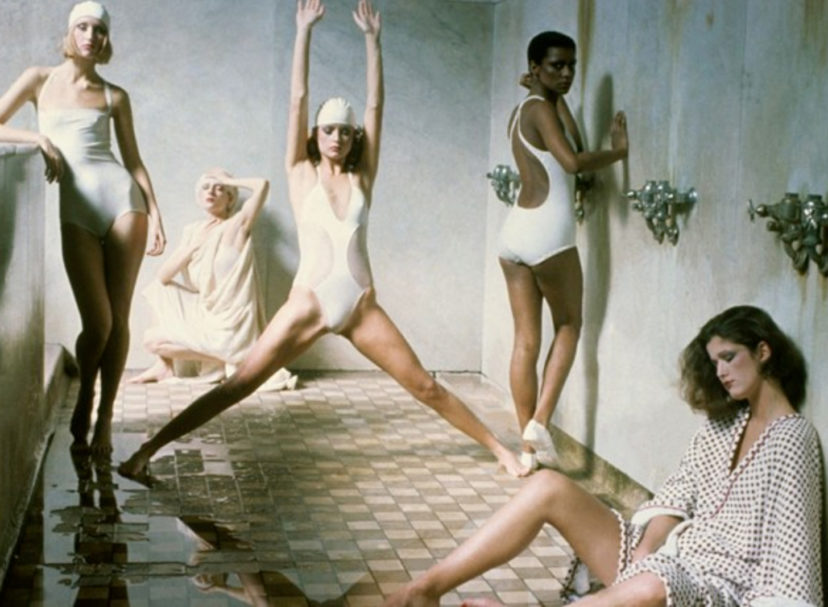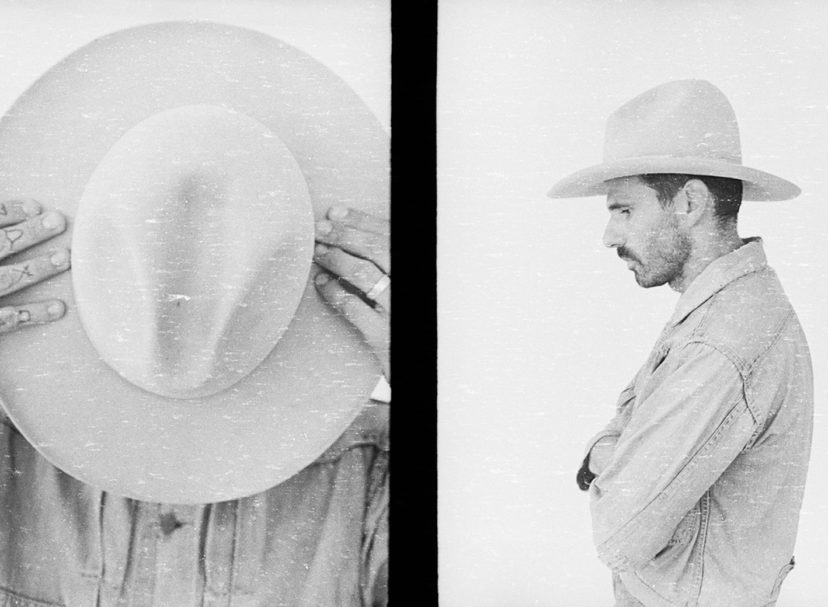Text by Kei Benger
Individual works: Nobuyoshi Araki, “Love on the Left Eye”, 2014 RP-Pro Crystal print Image size:36.3 x 54.5 cm, paper size:45.7 x 56 cm © Nobuyoshi Araki / Courtesy of Taka Ishii Gallery, Tokyo
Installation views: Nobuyoshi Araki “Love on the Left Eye”, installation view at Taka Ishii Gallery, Tokyo, May 25 – Jun 21, 2014 Photo: Kenji Takahashi / Courtesy of Taka Ishii Gallery, Tokyo
The title refers to Ed van der Elsken’s legendary photobook published in 1956, “Love on the Left Bank,” a series of intimate and dreamlike images that portray the photographer’s personal experience amidst the debauched atmosphere of the European Zeitgeist. Araki whom encountered these images in his twenties had photographed series of women in poses inspired by the book. In a sense, this body of work could be seen as Araki’s homage to van der Elsken’s world, whilst continuing simultaneously to pursue his signature subject matter of fragile botanical still lifes and seductive, intimate scenes of death and love.
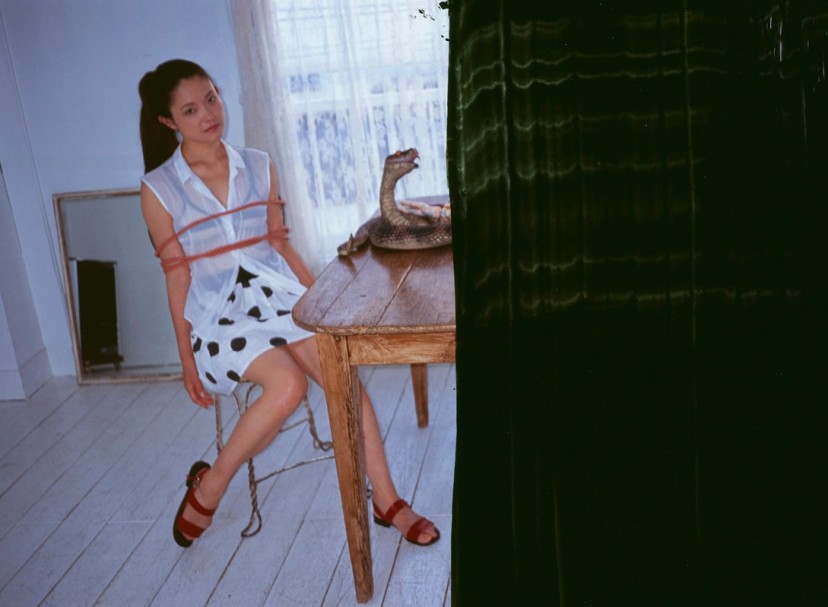
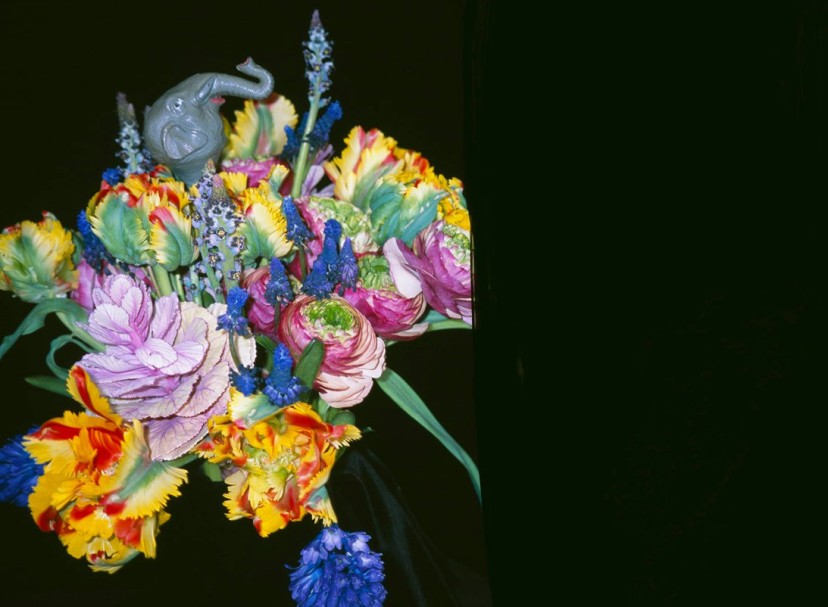
Since October of 2013, Araki has begun to lose sight in his right eye due to a retinal artery obstruction. The series is a selection of 65 images out of hundreds of photographs taken solely through his functioning left eye. The right side of each negative is filled out with a black marker and is then developed as a representation of his personal experience and vision of the world. The left side of the image is clear, yet the right is clouded in a shroud of darkness.
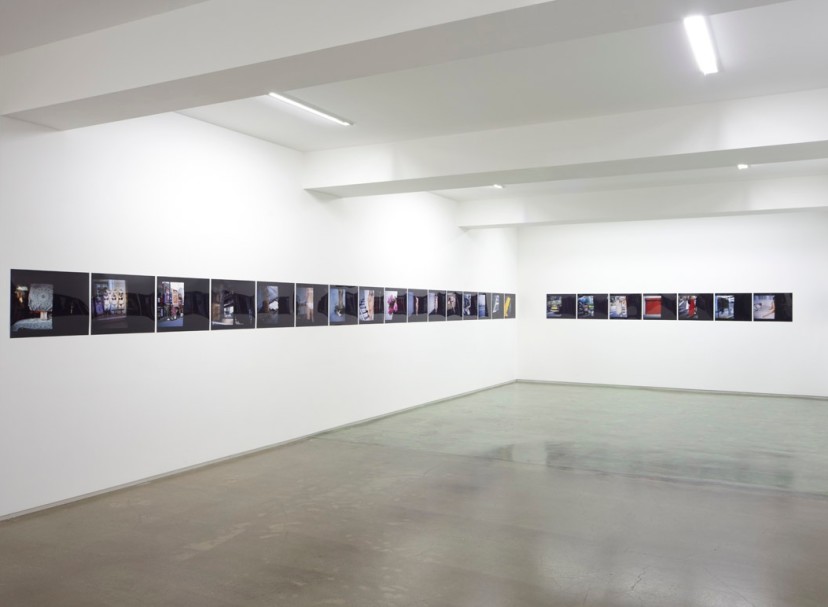
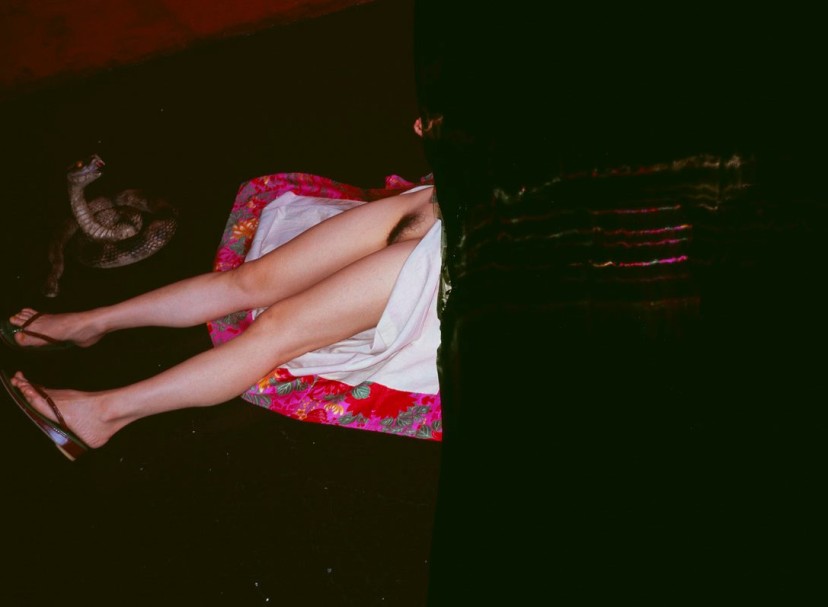
The ‘blacking out’ of the right side of these negatives is not simply an act obscuring the image. The camera as an independent object is one that manifestly seizes what the human eye cannot see. The camera bases itself on a fundamental notion that it is an object that provides a vision that is unburdened by the body. In differentiating between painting and photography, we are lead to believe that the photograph is a ‘true image,’ that it is a justifiable depiction of reality itself seen through human eyes. However, the camera merely fosters an illusion of reality not only due to its freedom of mobility, but further because it is a subverted vision of the subject as witnessed through the lens. Araki is unable to see through his right eye, however, the lens captures a world seen through both eyes. By filling out the right side of his negatives in black, Araki brings these images closer to himself, allowing the viewers to experience his own vision and to share the world through his eyes.
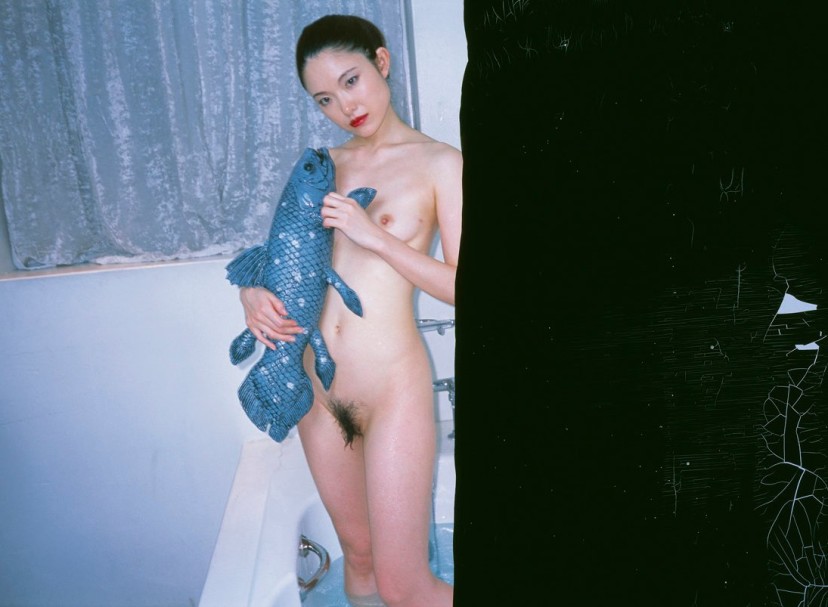
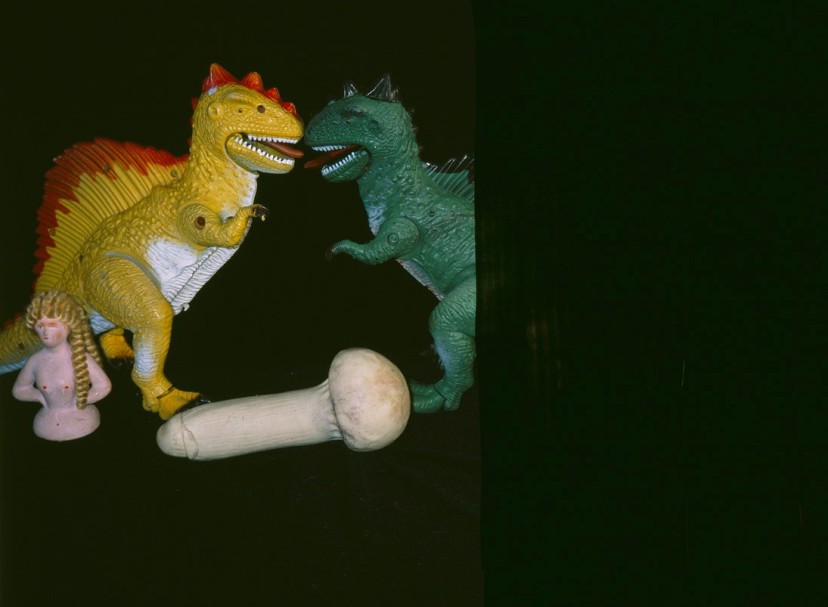
The loss of sight that is seemingly devastating in the realm of photography, as a medium that places high dependency on vision does not hinder Araki’s work or act in his disfavor. In fact, these images are not incomplete nor are they a portrayal of ‘half of the world.’ On the contrary, the sensitivities of his vision are condensed to his left eye, making the outcome more powerful than ever. Araki’s vigor and passion towards photography remains unchanged as he continues to instinctively capture fleeting moments in time. To Araki, photography is life itself. In Camera Lucida, Roland Barthes states, “For me, the Photographer’s organ is not his eye (which terrifies me) but his finger: what is linked to the trigger of the lens.” Araki’s energetic approach to his work is accounted for from the sheer extent of his imagery, the instinctive manner in which he presses the shutter over and over again as if following his pulsating heart, capturing the seconds of his existence in light of an unavoidable premonition of death and lust for life.
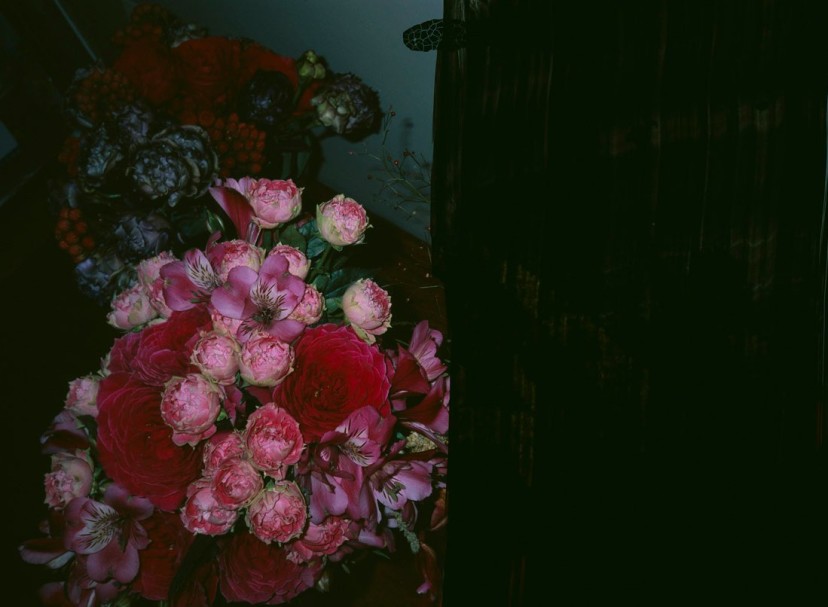
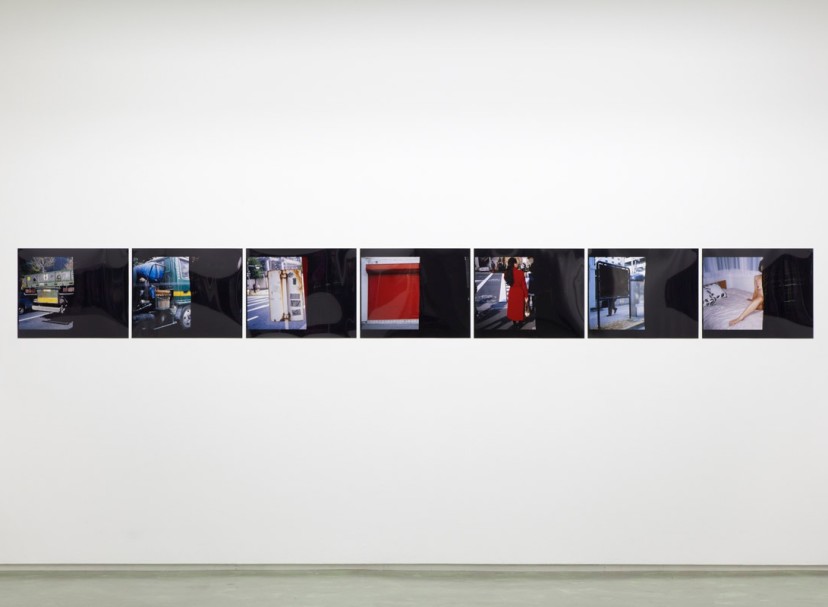
“Death comes towards us all, you know. I don’t want to approach it myself, but there’s no getting around the fact that it’s coming.”
When we look at the right side of his photographs, we do not simply witness a void. We look upon the images with curiosity, and imagine the possibilities of what may lie beyond the darkness.
